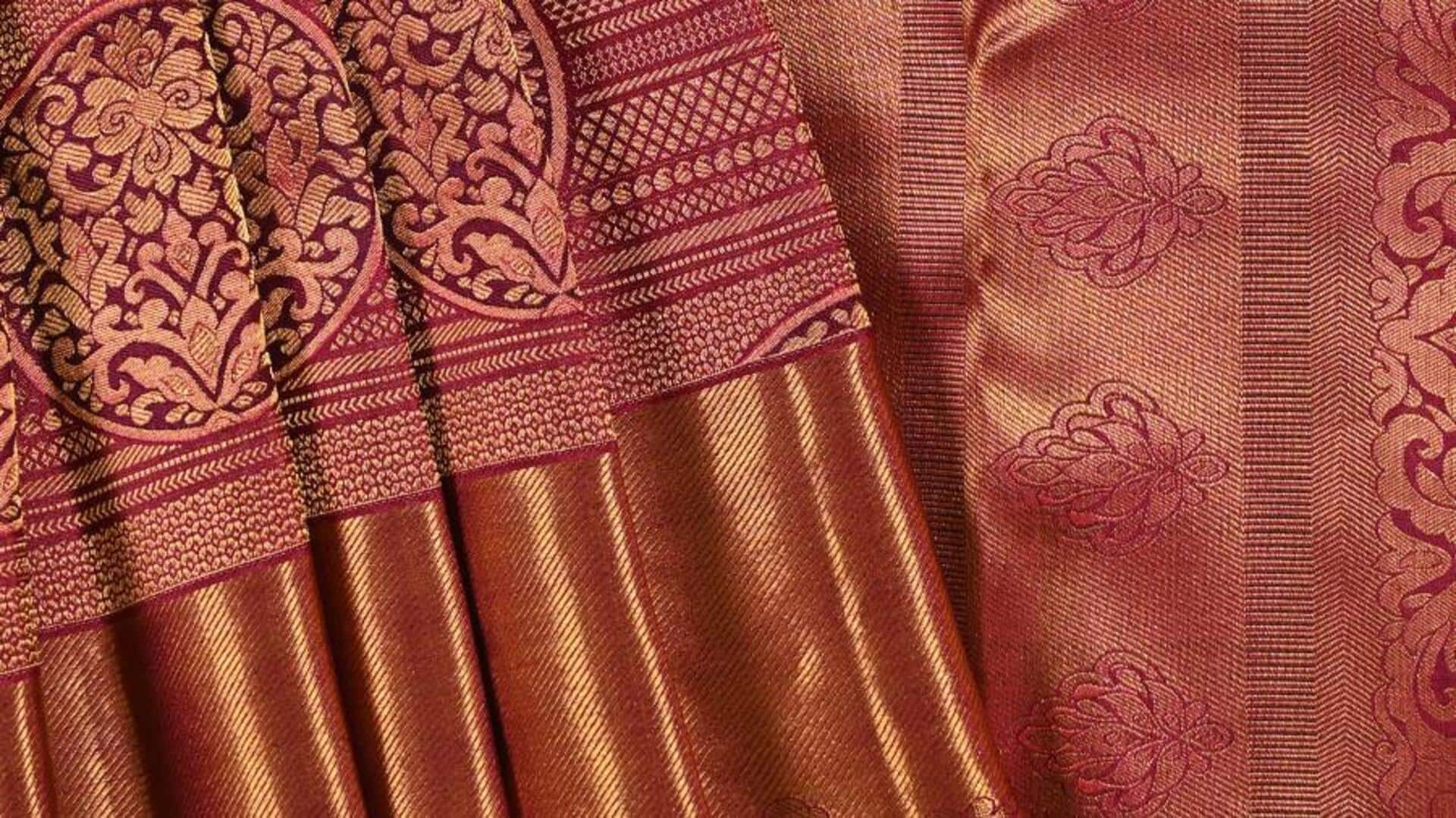
Reinventing the sari: Modern draping styles
What's the story
The sari, a timeless piece of traditional attire, has been a symbol of grace and elegance in South Asian culture for centuries. As fashion evolves, so does the way we wear our heritage. This article delves into contemporary twists on sari draping techniques that blend tradition with modernity. It offers fresh perspectives on this classic garment, providing innovative ways to style it.
Background
The art of draping
Traditionally, the sari is worn in a manner that involves wrapping it around the waist, with one end draped over the shoulder. This method has seen countless variations across different regions. Today's fashion-forward individuals are taking these traditional foundations and injecting them with modern flair to create looks that are both innovative and respectful of cultural roots.
Tip 1
Drape with pants
For a chic fusion look, try draping your sari over a pair of sleek trousers instead of the conventional petticoat. Start by tucking one end into the trousers at your waist, wrap it around once and then drape the pallu (the decorative end) over your shoulder as usual. This style not only adds an urban edge but also offers comfort and ease of movement.
Tip 2
Belted elegance
Adding a belt to your sari can accentuate your waistline and give the flowy garment a structured look. After draping your sari in the style you prefer, cinch it at the waist with a statement belt or a traditional kamarbandh. This not only secures the pleats firmly but also introduces an element of sophistication to your overall ensemble, enhancing its elegance.
Tip 3
The neck wrap style
For those looking to make bold fashion statements, wrapping the pallu around your neck like a scarf is an avant-garde approach. Drape your sari in the basic nivi style first; then take the pallu across your front before looping it around your neck once or twice. This style works exceptionally well with lightweight saris and can elevate any outfit instantly.
Practical advice
Sustainable fashion forward
Modern draping techniques don't mean sacrificing sustainability. Opt for saris made from organic fabrics or support local artisans by selecting handwoven pieces. Experimenting with different styles can also breathe new life into older saris, promoting sustainable fashion practices while keeping traditions vibrant. By integrating these contemporary draping methods, individuals can honor their heritage and express personal style, enjoying the best of both worlds seamlessly.